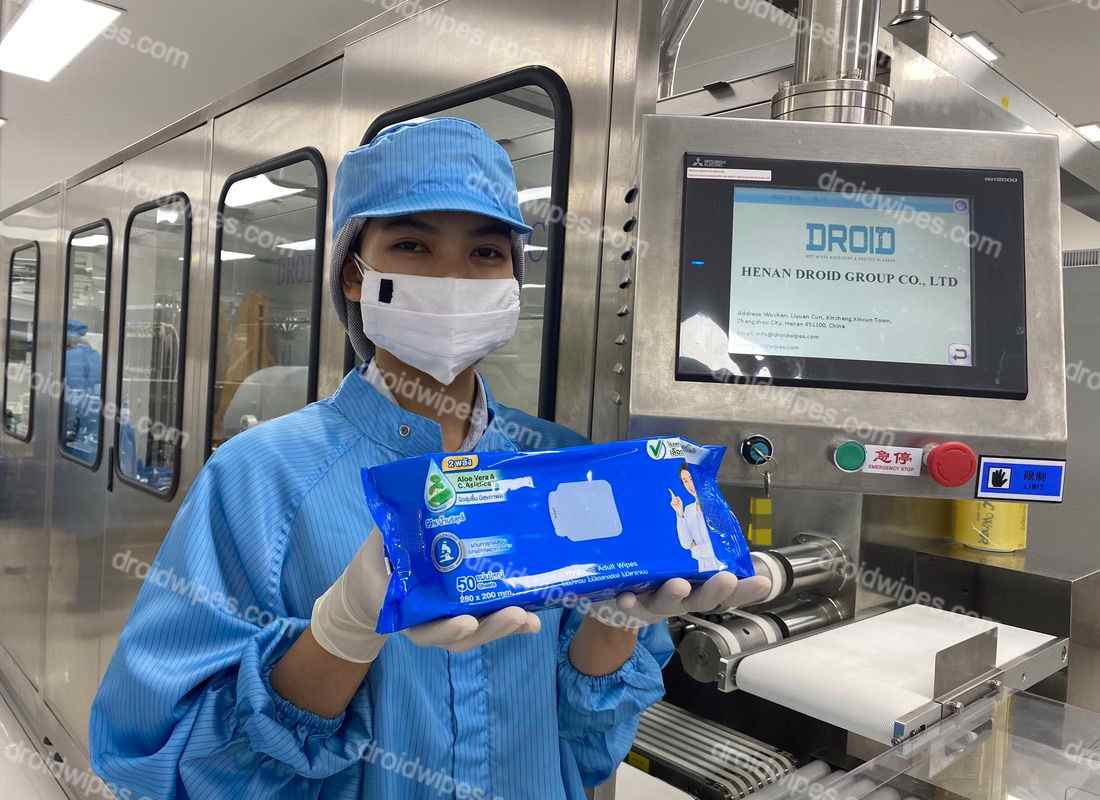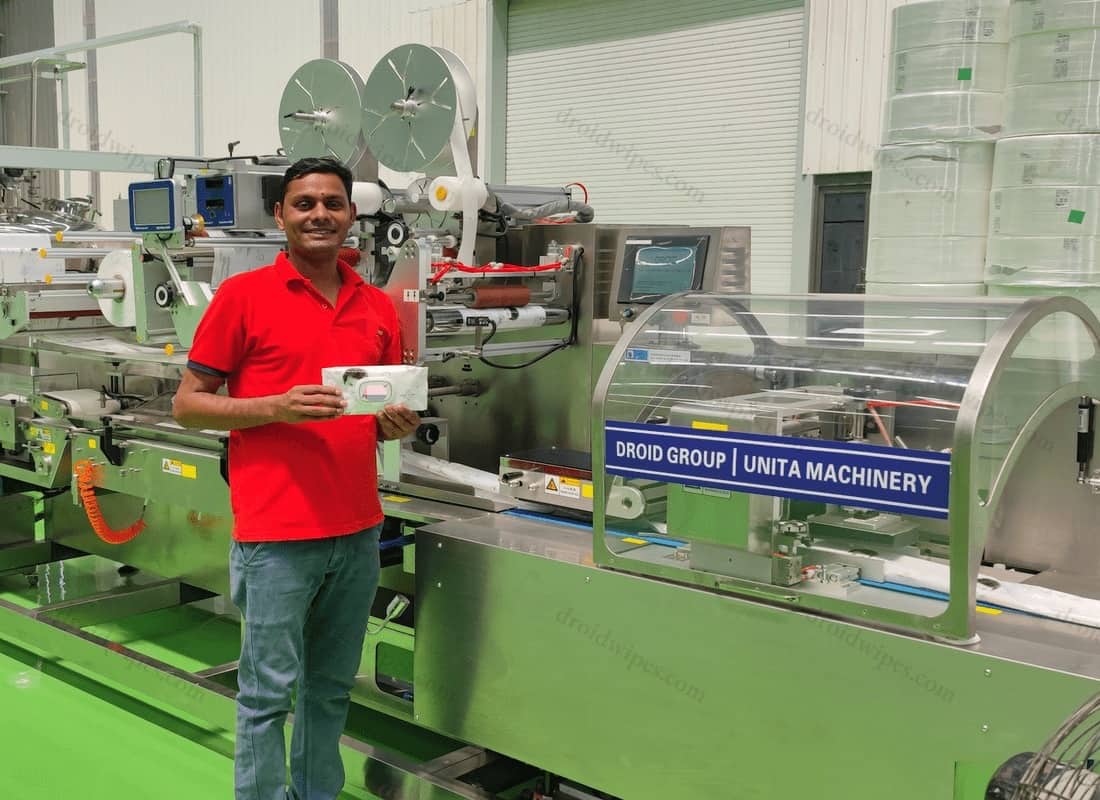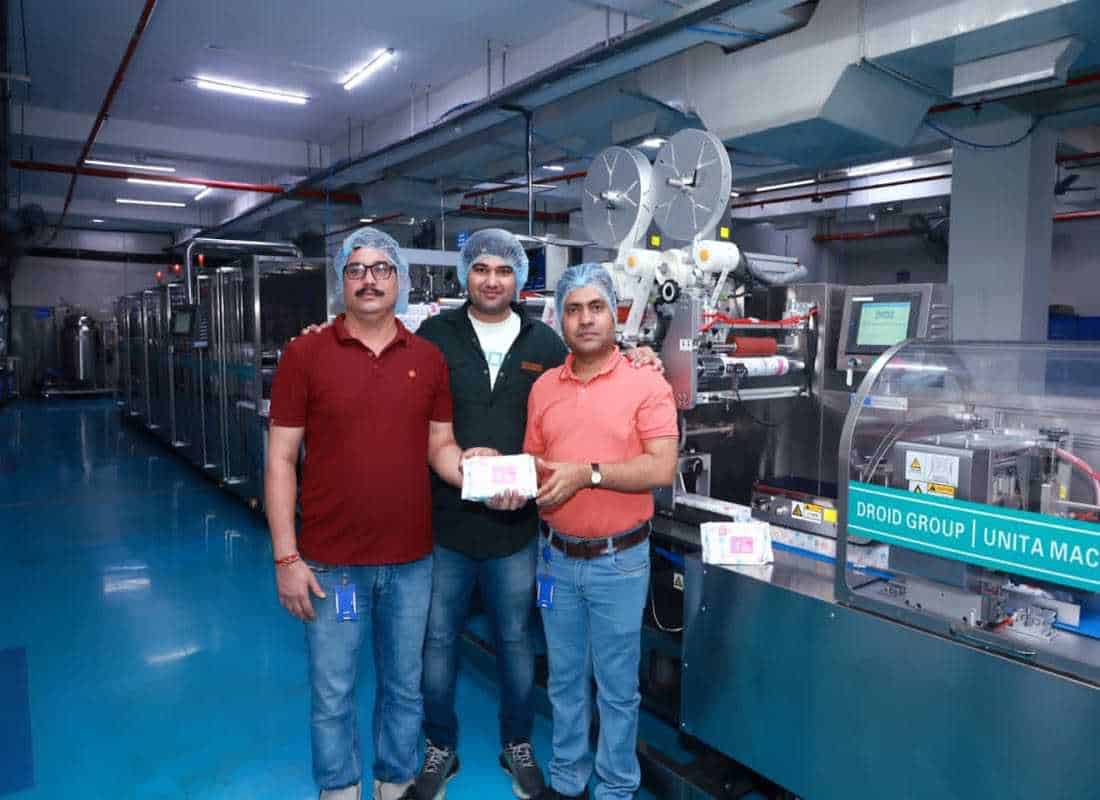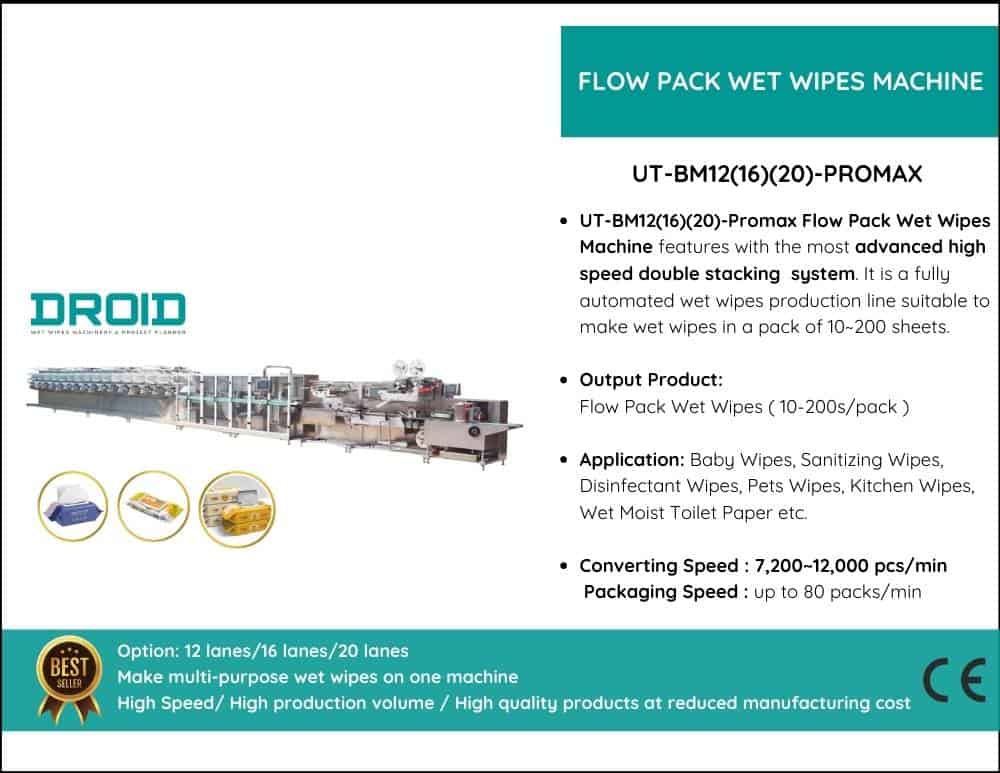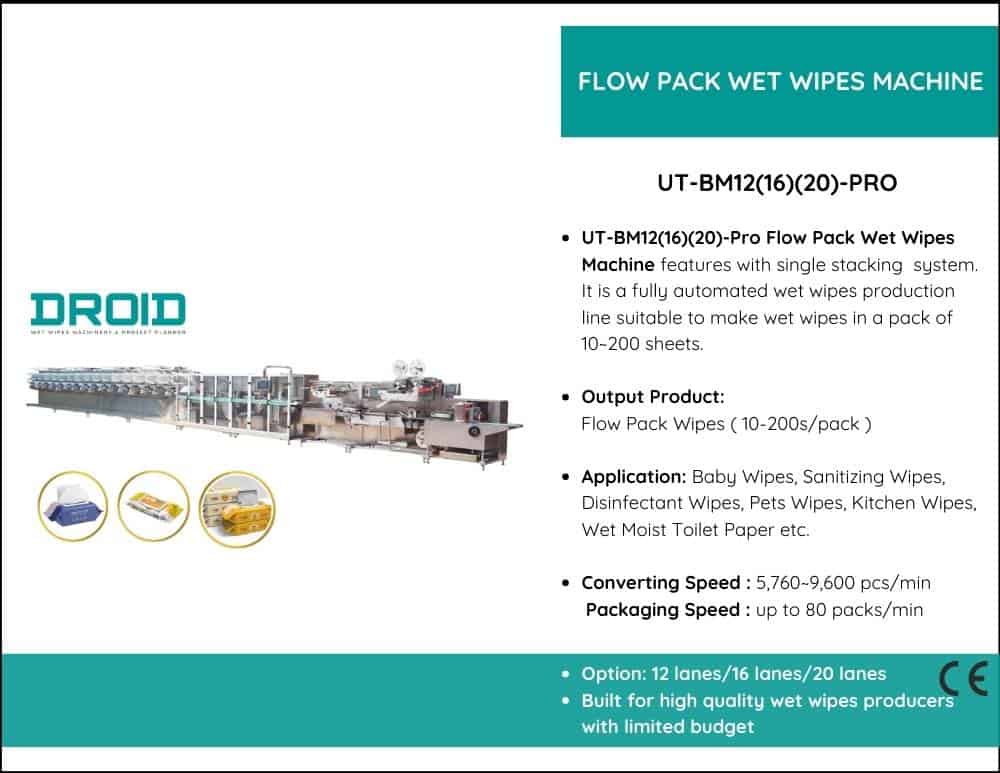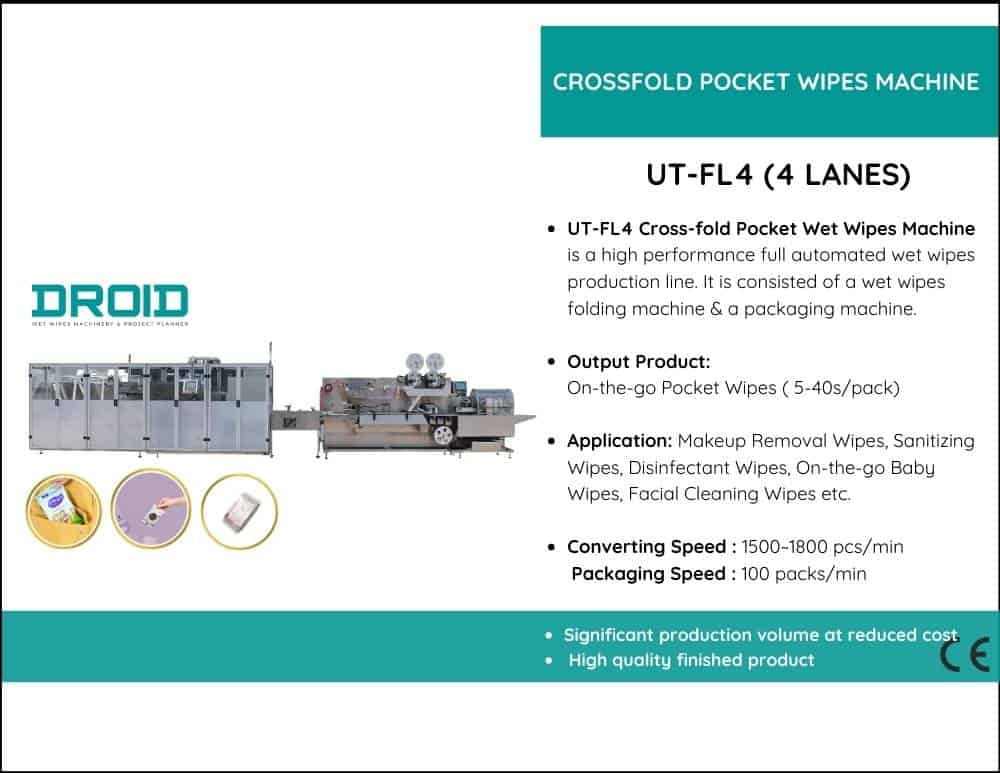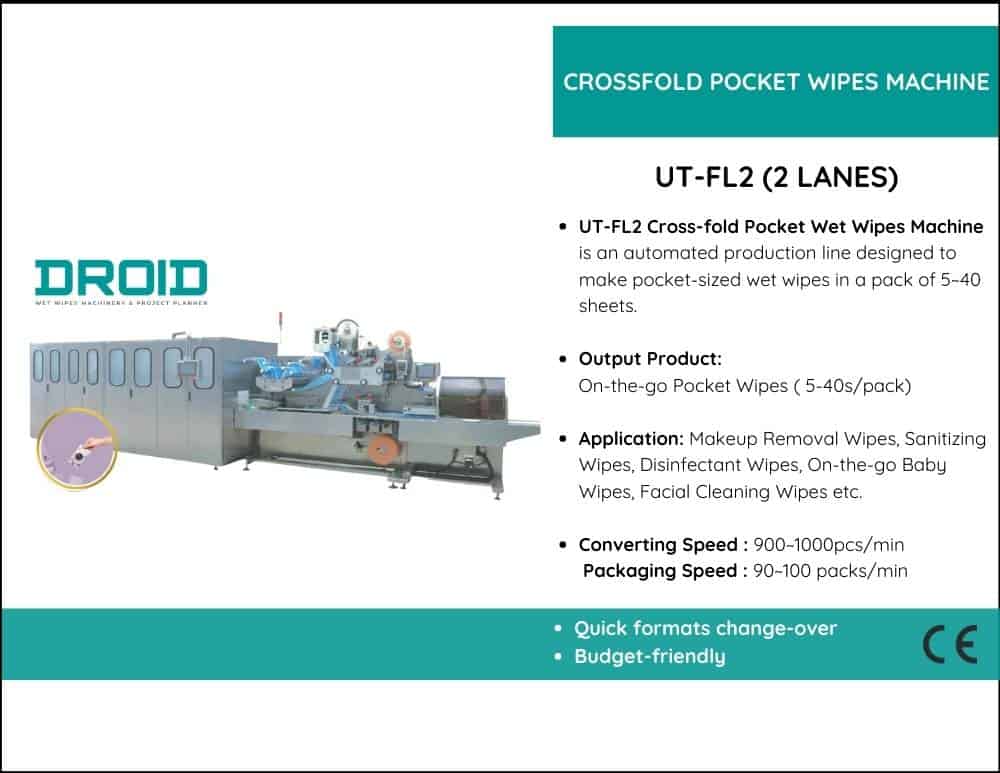Nonwoven Fabrics (Polypropylene and Polyester)
Most wet wipes are made from nonwoven materials, primarily polypropylene and polyester, both of which are strong, soft, and absorbent. Polypropylene is a strong and effective material for retaining water, making it ideal for washing wipes and other general household cleaning applications. Polyester makes things smoother and more flexible, making them suitable for personal hygiene and skin care wipes. Modern bonding techniques, such as spunlace, thermal, or chemical bonding, are used to join these man-made strands together, ensuring that the quality and function remain the same. However, even though synthetic nonwovens are helpful, they have caused environmental worries because they don’t break down easily. This has led the industry to look for more environmentally friendly options.
Cotton and Plant-Based Fibres
Wet wipes are being made with an increasing amount of cotton and plant-based fibers, which aligns with the growing customer demand for environmentally friendly and skin-friendly products. People love cotton wipes because they are soft and don’t cause allergies. This makes them a popular choice for baby care and personal hygiene. Plant-based fibers, such as viscose (rayon) and bamboo, are also gaining popularity because they can be recycled and naturally broken down. These natural fibers break down quickly after being discarded, which has a significant positive impact on the environment. Wet wipes manufacturers utilize cutting-edge technologies to preserve the strength and water-absorbing properties of these fibers. This balances the need for eco-friendliness with customers’ demands for softness and efficiency.
Microfibers
Microfiber wet wipes are made from wonderful synthetic strands, typically a blend of polyester and polyamide, designed to clean and absorb more effectively than other materials. The microfibers’ structure creates a vast number of tiny holes that allow dirt, oil, germs, and allergens to become easily trapped. Because of this, microfiber wipes are ideal for cleaning tasks that require thorough attention, such as deep cleaning in the home, polishing cars, and maintaining workplace cleanliness. They are also beneficial for the environment because they last a long time and can be reused multiple times. However, because microfibre wipes are made of man-made materials, they must be disposed of or recycled carefully, as they don’t break down easily and can contribute to microplastic waste if improperly discarded.
Eco-Friendly Trend: Biodegradable Materials
Biodegradable materials are increasingly used in wet wipes due to the growing global focus on environmental sustainability. Biodegradable wipes are primarily composed of fibers that break down naturally within months of being discarded, such as bamboo, viscose, cotton, and wood pulp. People like bamboo because it grows quickly and has a minimal environmental impact. People like viscose and wood pulp because they are soft, firm, and biodegradable, which means they can be used for both personal care and household purposes. Using recyclable materials not only reduces the amount of trash that ends up in landfills but also appeals to people who care about the environment, leading to new ideas and market growth for more responsible wet wipe solutions.



